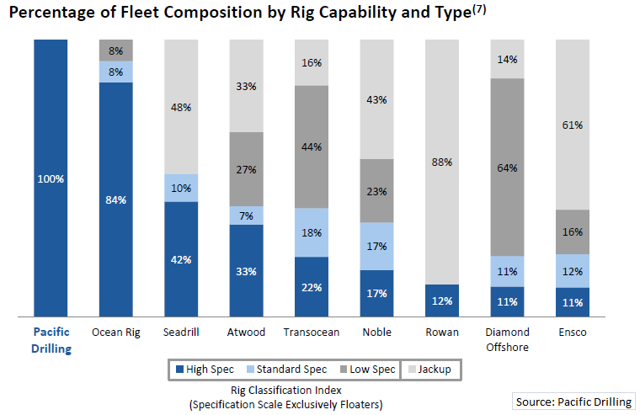Big Fracking Deals Investing in Shale Gas Production XOM BHI HAL SLB PTEN Investing Daily
Post on: 17 Май, 2015 No Comment

By Peter Staas on August 17, 2010
In the July 11, 2010, issue of The Energy Letter. The Future of Shale Gas Is International. I examined the growing interest of the worlds biggest integrated oil companies in gaining exposure to and operational experience in North Americas unconventional gas reserves.
At first blush, the recent spate of acquisitions is a bit counterintuitive; natural gas prices in the region remain relatively depressed. But ExxonMobil Corps (NYSE: XOM) acquisition of shale-gas producer XTO Energy in a transaction worth $41 billionthe energy giants biggest takeover in a decadeunderscores the near-term and long-term opportunity in this segment.
In the near term, many of the nations hottest shale plays remain economic to produce even with depressed natural-gas prices.
For example, producers have ramped up drilling activity in the Eagle Ford Shale and other basins that contain ample amounts of natural gas liquids (NGL) and condensates, higher-priced commodities that boost margins. And the northern reaches of the shale deposit primarily produce oil.
At the same time, oil- and liquid-rich shale plays arent the only economic options in a weak market; parts of the Haynesville Shale, which extends from Louisiana into East Texas, are so prolific that production costs are among the lowest in North America. Even in a weak pricing environment, producers in the Haynesville still generate solid returns. (My colleague Elliott Gue analyzed the economics of key US shale-gas plays in the must-read April 28 installment of The Energy Letter. Why Some Natural Gas Is Worth $7.28 .)
ExxonMobils management acknowledged these trends in the companys second-quarter conference call. noting that the firms near-term focus would be on ramping up gas production in the most economically attractive shale plays.
Over the long term, ExxonMobil expects global consumption of natural gas to increase 55 percent between 2005 and 2030, thanks to an abundance of supply from unconventional fields, the Wests push for energy independence and efforts to reduce carbon dioxide emissions. Moreover, ExxonMobils acquisition of XTO nearly tripled the energy giants US natural gas output; such production growth is hard to come by in the oil business after the rise of national oil companies.
But as Elliott has noted on numerous occasions in his paid advisory, The Energy Strategist . services names tend to benefit handsomely from producers frenzied drilling in unconventional fields; although many of the hottest plays offer attractive economics, the complexities of drilling in these regions require two to five times the amount of services works as a conventional well.
Not surprisingly, the takeover bug has also bit the services industry, and participants are bolstering their product portfolios by scooping up smaller names with attractive business lines or promising technologies. Of late, much of this interest has centered on the pressure pumping space, the muscle behind the huge fracturing (fracking) operations that unlock the gas trapped in shale deposits.
Whereas horizontal drilling enables producers to increase the wells exposure to productive zones, fracking increases the permeability of the reservoir rock that enables natural gas to flow into the well. Fracturing, or stimulation, involves pumping large quantities of water and a small percentage of chemicals into the rock formation at high pressure, a process that produces a network of cracks. The inclusion of a proppanttypically sand, sand coated with ceramic material or ceramic materialensures that these passages remain open. This key service often accounts for about half of production costs at unconventional plays.
Services giant Baker Hughes (NYSE: BHI) made the first splash in this critical business segment with its $5.5 billion deal for BJ Services, the third-biggest pressure-pumping outfit behind Halliburton (NYSE: HAL) and Schlumberger (NYSE: SLB). When the deal was announced in August 2009, management noted that the new business line would enable Baker Hughes to compete more effectively in the North American natural gas market and for bundled contracts overseas.
Two more deals have closed in the past two months.
Patterson-UTI Energy (NasdaqGS: PTEN) owns and operates a fleet of roughly 350 land-based rigs in the US and boasts a long history of operation in Appalachia, including the Marcellus Shale. In early July the firm agreed to purchase Key Energy Services (NYSE: KEG) pressure-pumping and wireline assets for $237 million. In the companys second-quarter conference call management noted that its existing pumping business in the Appalachian Basin remains in high demand, prompting the company to invest in additional horsepower. The acquisition will increase the total horsepower of its pumping operations to 470,000 and provide exposure to the Barnett, Eagle Ford and Permian Basins.

More recently, Nabors Industries (NYSE: NBR). the worlds leading land-rig contractor, announced that it will acquire Superior Well Services (NasdaqGS: SWSI) in an all-cash deal worth $900 million. Superior boasts 530,000 horsepower in pressure-pump capacity, 98 percent of which dates from after 2003. Although Superior has operations in all of the major basins, the deal will boost Nabors presence in the Marcellus Shale. Price increases amid higher demand for pumping services enabled Superior to more than double its revenue in the second quarter.
What are the implications of this spate of deals? For one, this uptick in acquisitions confirms that demand for pumping remains robust in North American shale playshardly a surprise given that the horizontal, gas-directed rig count continues to account for roughly 54 percent of all units targeting natural gas.
Moreover, pricing dynamics also appear robust; many pumping outfits slashed prices at the height of the downturn and now have scope to raise prices. Given significant cost reductions, profits remain impressive.
In our weekly editorial meeting David Dittman, associate editor Canadian Edge . suggested shares of Canadian pressure-pumping outfits, especially those with leverage to the Horn River Basin in northeast British Columbia. EnCana Corps (NYSE: ECA) recent joint ventures in the region suggest that activity will pick up. And given the plays geology, horsepower is particular important.
Investors should also consider a handful of names that produce valves and other replacement parts for the advanced rigs and pumping systems; with operators increasingly producing larger horizontal areas, wear and tear on drilling and fracturing equipment ensures a growing stream of demand.
Energy Chat
Looking for more profitable investment ideas levered to shale gas? Sign up for a free trial of Elliott Gues paid advisory, The Energy Strategist . Elliott will host one of his popular online chat sessions on Thursday, Aug. 19. During these informal discussions, Elliott responds to subscribers questions about specific stocks and broader trends in the energy patch. Click here to sign up for your free trial.














